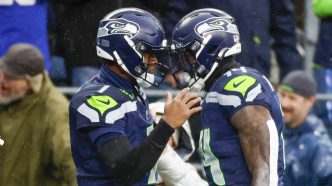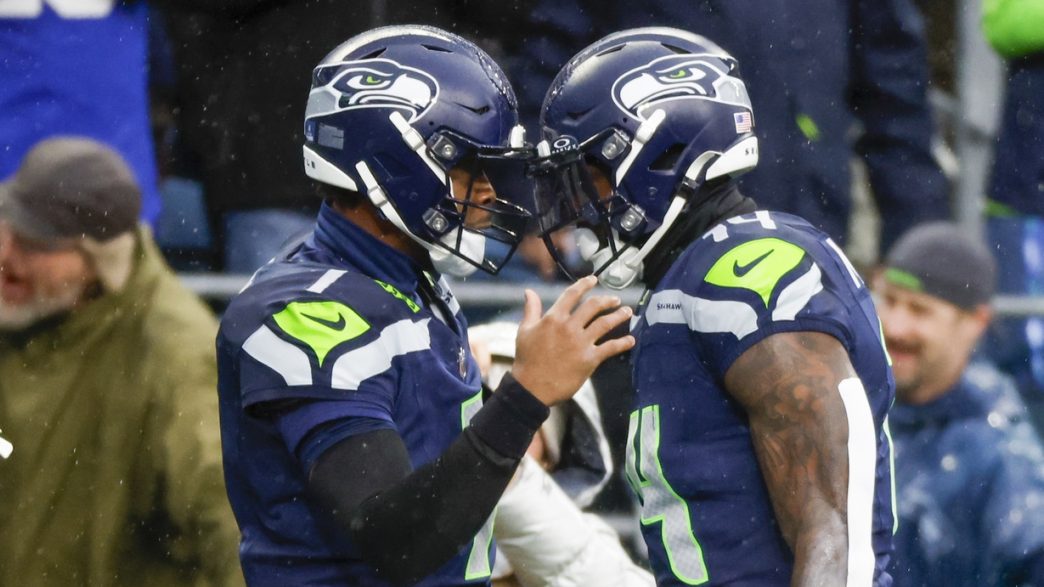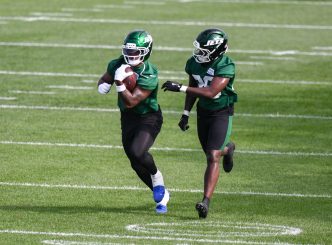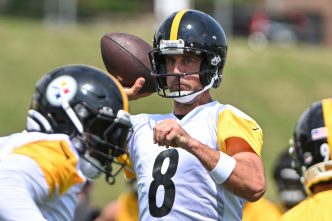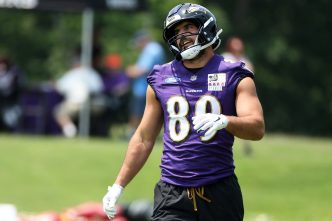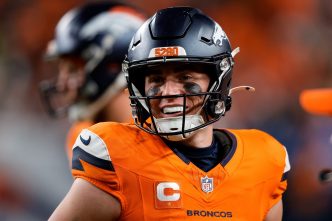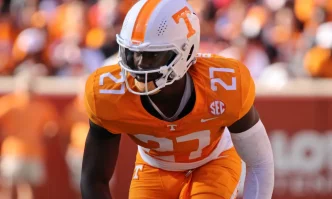The Seattle Seahawks are making some major changes this offseason, particularly evident in the departures of quarterback Geno Smith and star receiver D.K. Metcalf. With the new regime led by head coach Mike McDaniel at the helm, it’s clear that a fresh start was needed. It’s a trend we’ve seen across the NFL when fresh leadership comes in: old ties are cut loose as new voices emerge.
McDaniel, who is stepping into his first head coaching role, is looking to stamp his identity on this team. The history of the league tells us that when a new head coach takes over, especially one without prior head coaching experience, a roster overhaul often follows. Just last season, we witnessed this kind of turnover with the Washington Commanders, where management cleaned house with over 60% of the roster changed, leading to a notable shift in direction. Though it’s early, the results have been promising for them.
In many ways, Seattle’s situation mirrors that of the Detroit Lions back in 2021, when they too faced a painful roster transformation. After three straight seasons of losing records, the Lions brought in Brad Holmes as general manager and Dan Campbell as head coach. Their approach was to trade away long-standing assets, including their franchise quarterback, as they sought to reshape their identity. The Lions went all-in, moving on from their top receivers as well, and while the first year was tough, the rebuild is now starting to pay dividends with a newfound competitive spirit.
Here’s where the Seahawks’ situation diverges slightly: while Detroit and Washington established completely new leadership structures, Seattle retained their general manager, John Schneider. With Schneider still at the wheel, one has to wonder how this will impact McDaniel’s ability to execute a complete overhaul. Unlike Holmes and Peters in Washington, Schneider is deeply connected to the current roster since he has been instrumental in building it. This relationship raises questions about how aggressively he can navigate the teardown and rebuild—potentially limiting the complete reset that McDaniel may want.
Consider how the Philadelphia Eagles approached their recent transition when they brought in Nick Sirianni. While Howie Roseman remained as the general manager, the team still made bold moves, quickly moving on from their franchise QB in Carson Wentz and revamping the receiving corps. The Eagles were able to reshape their image dramatically, which highlights that even with continuity in the front office, change can still occur.
Looking forward to the 2025 draft, this will be a pivotal moment for Schneider and the Seahawks. As we’ve seen with Detroit and Philadelphia, transitioning to a successful franchise involves more than just moving on from familiar faces—it requires savvy decision-making and strong drafting to infuse new talent into the roster. The Lions’ effective trades of their star players resulted in a bounty of draft picks that they used meticulously to revamp their organization, a model Schneider will need to replicate if he hopes to remain in his position.
For Seattle, the stakes are high following the trades of Smith and Metcalf. With almost every veteran off the roster outside of a couple of key players, Schneider will have a critical opportunity to build the team anew in the upcoming draft. If he hits a home run and adds talent that can contribute immediately, it could spell a turning point for the Seahawks. Another misstep in the draft, however, could leave Schneider looking for work.
In hindsight, it was clear that these moves were inevitable as the Seahawks enter a new era. Still, it’s hard not to relish pointing out those correct predictions made earlier. As the offseason progresses and the draft approaches, one fact seems certain: the future is uncertain, but the excitement that comes with rebuilding has never been greater.

